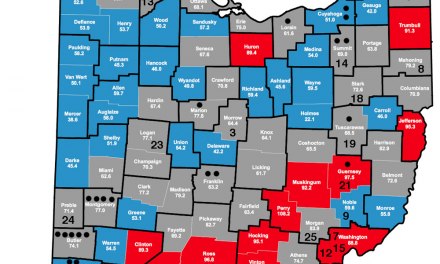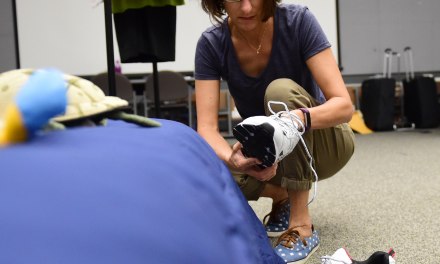There’s been a great deal of criticism directed at so-called “chain” drugstores in recent months. That category includes some of America’s largest and most profitable retailers – familiar names such as CVS (9,700 stores), Walgreen’s (8,232), Rite-Aid (4,608) and Walmart (3,646 with in-store pharmacies). They’ve come under fire for their role in the dramatic overprescribing of opioids. Some of the stories are hard to believe: millions of pills dispensed in small and rural towns, probably for diversion to the streets. Now like the Pharma industry, the big chains are facing lawsuits from state governments eager to recoup some of the money they spend rescuing and treating the victims of prescription painkillers.
But you know all that. And you’re aware too that some of the giant chains have banded together to file suit against a number of physicians, seeking financial relief from their losses:
Pharmacies facing trial in opioid lawsuits say doctors should be held liable for epidemic
Now a new problem has appeared on the radar screen, involving that most common of health risks – medication errors. The New York Times has the story:
How Chaos at Chain Pharmacies Is Putting Patients at Risk
The pharmacists themselves blow the whistle, usually to their state boards of pharmacy. Their complaints are familiar: Insufficient staffing and support, in the face of ever-increasing demands on their time and attention. A classic hothouse environment for medical errors.
Here’s one complaint: the largest chain “routinely ignores doctors’ explicit instructions to dispense limited amounts of medication to mental health patients. The pharmacy’s practice of providing three-month supplies may inadvertently lead more patients to attempt suicide by overdosing…”
The 90 day supply is supposedly more profitable, the implication being that’s why it’s preferred by retailers. It may help explain why common psych meds such as antidepressants often show up as a factor in OD cases that arrive in the ER.
The industry trade group had this response: “…pharmacies consider even one prescription error to be one too many” and “seek continuous improvement.” Sure, but if that noble strategy was working, fellas, your pharmacists would not now be in an uproar. Obviously you’re falling well short of the goal.
Then they warned the public against assuming “cause-effect relationships” between med errors and the pharmacist’s workload.
Which surprised me, because workload is the usual starting point for any investigation. Too much to accomplish in too little time with too few personnel — a recipe for medication mistakes. It’s not only bad practice, it can be dangerous. Life-threatening, even. Everybody in healthcare knows that. It’s drummed into their skulls in training.
Of course independent community pharmacies have their problems, too, but nowadays the chains account for some 70% of prescriptions filled.
I hope they don’t indulge in corporate stonewalling. It’s a correctable problem, but we need get busy correcting it.












